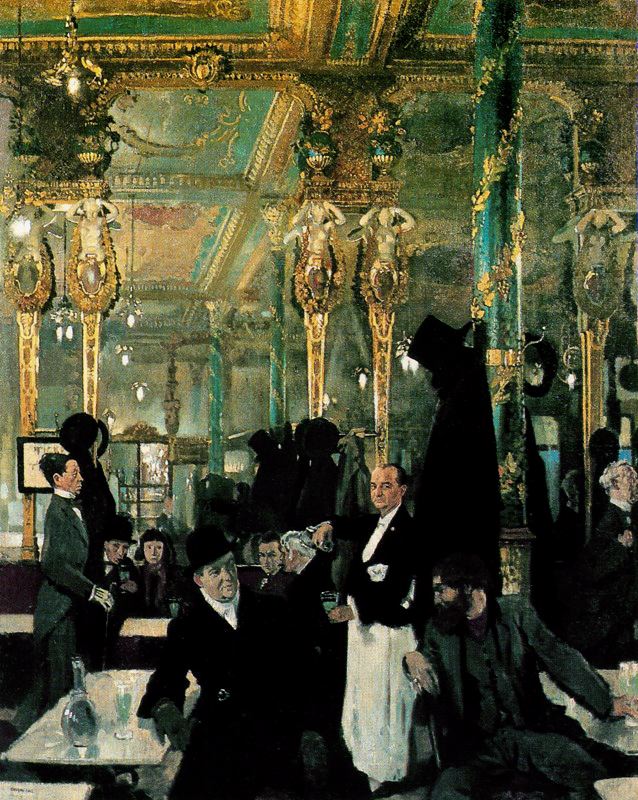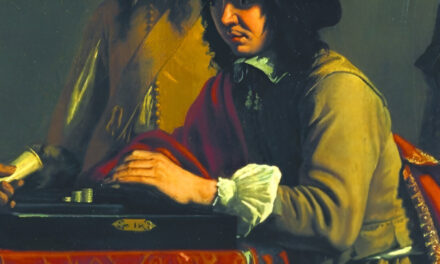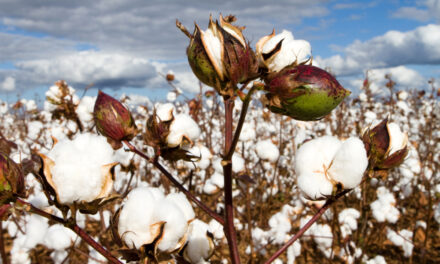
The World in a Cup: ‘The Various Flavors of Coffee’ Book Review
Anthony Capella, The Various Flavors of Coffee. First published by Bantam Deal, 2008.
Anthony Capella’s historical novel The Various Flavors of Coffee is the story of the life and loves of Robert Wallis, a bohemian would-be poet and admirer of Oscar Wilde whose life is dramatically changed by a cup of coffee.
The novel opens in 1896. The 22 year-old Wallis is living in London after being expelled from Oxford the previous year. The narrator—Wallis in later life—admits that he does not like the younger version of himself very much. But he asks the reader’s indulgence:
“But perhaps you may be able to see past that, and imagine what he will become. Just as coffee does not reveal its true flavor until it has been picked, husked, roasted and brewed, so this particular specimen has one or two virtues to go along with his vices, although you may have to look a little harder to spot them.…”
His vices are clear enough. Young Wallis is frequenting coffeehouses and whorehouses and affecting the style of a dandy despite having no income.
One morning, he is having breakfast at the Café Royal (on credit, of course) and amusing himself by making witty comments to the waiter. He remarks that the coffee is “rusty” and tastes “of nothing much except mud. With, perhaps, a faint aftertaste of rotten apricots.”
His remark to the waiter is overheard by Samuel Pinker, a coffee merchant. Pinker agrees with Robert’s description of the coffee. Learning that Robert is a writer, he invites him to his office to discuss an opportunity that he says will make them both fantastically wealthy.

William Orpen, The Café Royal, London, 1912. (Musée d'Orsay Collection, Public domain, via Wikimedia Commons)
Pinker wants Robert to work for him to develop a standardized “vocabulary of coffee” to precisely capture the elusive tastes of coffee. By using such a coffee flavor guide in his communications with his agents around the world, Pinker will be able to buy the best coffee at the best prices on the London Coffee Exchange.
Since his father has cut off his allowance, Robert reluctantly agrees to work for Pinker, to become, in effect, a poet of the coffee trade. Working with Pinker’s lovely daughter Emily, he begins composing the “The Wallis-Pinker Method Concerning the Clarification and Classification of the Various Flavors of Coffee.”
Robert and Emily are very different. Despite his newfound respectable employment, Robert remains a sensualist inclined to the pleasures of the flesh, while Emily is an earnest idealist. But as they work together, they develop a close friendship, and Robert finds himself very attracted to her—and to her family’s wealth.

Buy ‘The Various Flavors of Coffee’ on Amazon
As an Amazon Associate, I earn a commission from qualifying purchases
When the Wallis-Pinker Guide is finished, Robert asks Pinker for Emily’s hand in marriage. Robert assumed Pinker would be pleased, but he is not. However, Pinker makes a proposition. He tells Robert that before he may marry Emily, he must go to Africa on behalf of the company, to set up a coffee plantation in the Kaffa region of Abyssinia. After four or five years, if and when the plantation is successful, Robert may return to London and marry Emily.
Africa changes Robert’s life forever. Far removed from London, the coffee trade looks very different. “If people drinking their coffee in London only knew what it really cost, eh, Robert?” says his guide, the coffee merchant Ibrahim Bey. The coffee plantation is beset by problems. And Robert falls in love with a slave girl, changing not only his life but Emily’s.
When Robert returns to London, he faces a new world: in the coffee business, in his relationship with Emily, and in British society itself. As he promised at the beginning of his narrative, he is no longer the shallow, dissolute young man that he was in 1896. He must find a new life for himself amid all the changes.
The Various Flavors of Coffee is an engrossing historical novel. Capella brilliantly depicts life in late 19th and early 20th century London, from top to bottom. His descriptions of the African deserts and jungles are equally evocative. There is adventure, drama, comedy, brutality, erotic passion, sensuality, and romance.
The novel deals with major issues, including poverty, women’s suffrage, sexuality, and business ethics, all set against the background of the coffee trade as it was developing at that time. Ultimately, the story is about relationships between men and women. At the beginning of the book, Capella quotes from The Coffee Cupper’s Handbook by Ted Lingle: “Much about coffee’s flavor still remains a mystery.” As does much about men and women.
Copyright © Brian Lokker 2013, 2024. An earlier version of this review was published on CoffeeCrossroads.com.







